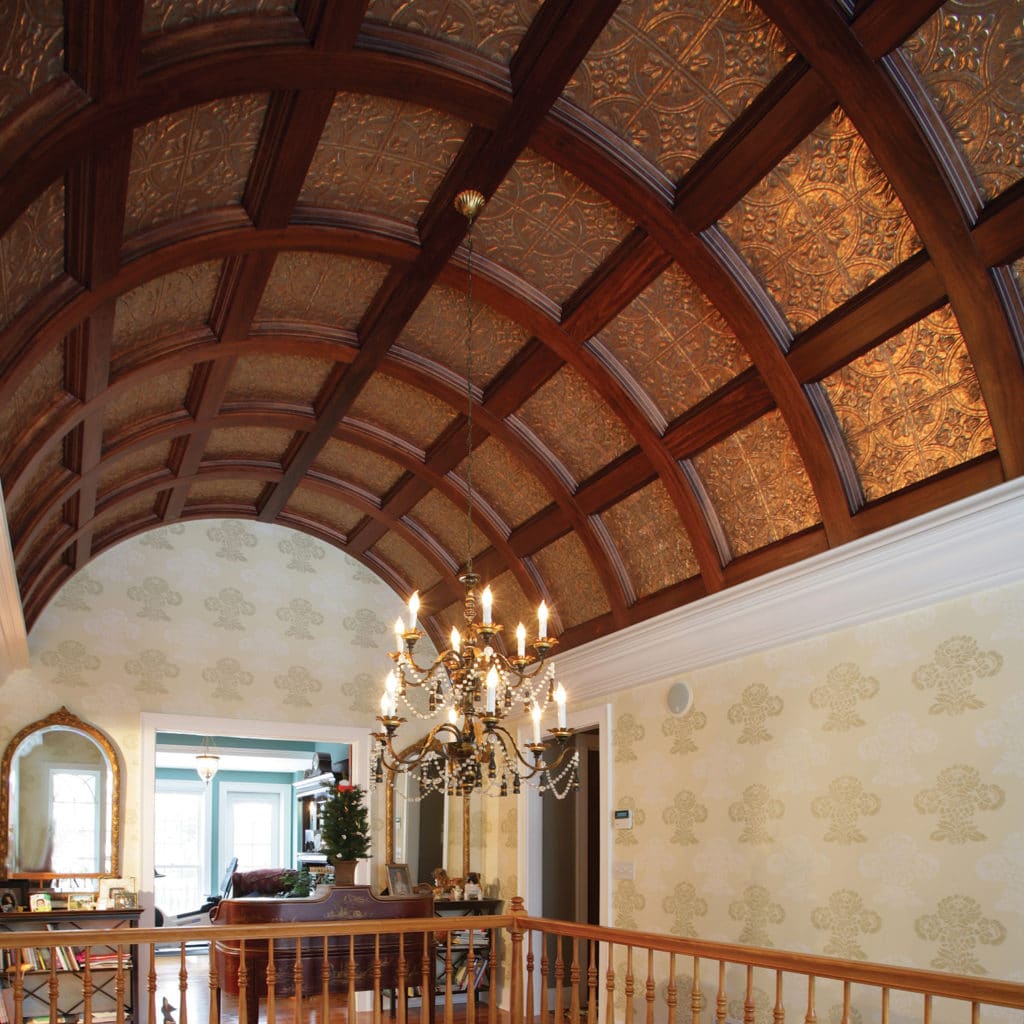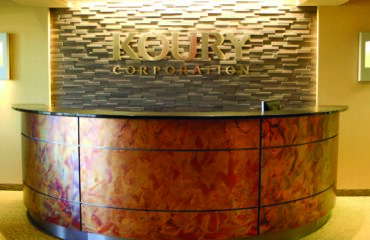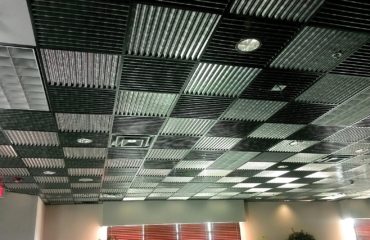Adaptive Reuse and Renovation: A Cost-Effective Compromise Between Preservation and Demolition
Adaptive reuse refers to reusing or transforming an existing site or building for a purpose other than what is was originally intended. Some examples include turn-of-the-century mill buildings that become store fronts and offices or old office buildings that are transformed into luxury apartments. Whatever the case may be, adaptive reuse has the potential to help with urban sprawl and land conservation, saves buildings with historical significance, and is an environmentally friendly alternative to new construction. While it is not the same as historic preservation, adaptive reuse can be seen as a compromise between preservation and demolition.
One of the design benefits of adaptive reuse over historic preservation is the flexibility to use new, more efficient architectural materials while still paying tribute to the history of the building. This offers another “green” element as designers are not limited to original materials, but are able to use recycled, more efficient products for surface solutions as well.
While part of adaptive reuse gives designers and architects the chance to repurpose old materials, it also allows for an often well-deserved upgrade of the space. One way designers can pay tribute to the history of a building is through incorporating significant elements of the place’s past.
Such was the case of the Cincinnati Renaissance Hotel which dates back to 1901. Originally, the building was a banking facility. Designers played off the banking history—including a massive, beautiful, antique vault in the basement—and added elements of the building’s past throughout the hotel to tell its story. One element included using bathroom stall doors that looked like vaults with faux safety deposit boxes inside, encouraging people to want to more about its history.
Watch The Cincinnati Renaissance Case Study
According to the National Trust for Historic Preservation, it takes about 65 years for an energy-efficient new building to save the amount of energy lost in demolishing an existing building.
The opportunity to reuse and redesign these buildings offers the chance to create an intriguing design that balances the structure’s past with the expectations of a modern population. While this is not always an easy task, the results are well worth it when complete. Using materials like wall laminates can complement a space’s design without deterring from the history.
Designers may also incorporate traditional elements using modern materials like faux tin ceiling tiles. These ceiling tiles give the illusion of real tin ceiling tiles used in the early 20th century, but without the cost or hassle associated with real tin.
Adaptive reuse has the potential to help revitalize neighborhoods and to promote sustainable development. It also gives designers the opportunity to update a space that accommodates the modern world while paying tribute to the past. Modern materials can help conquer this difficult design challenge with style and ease.




